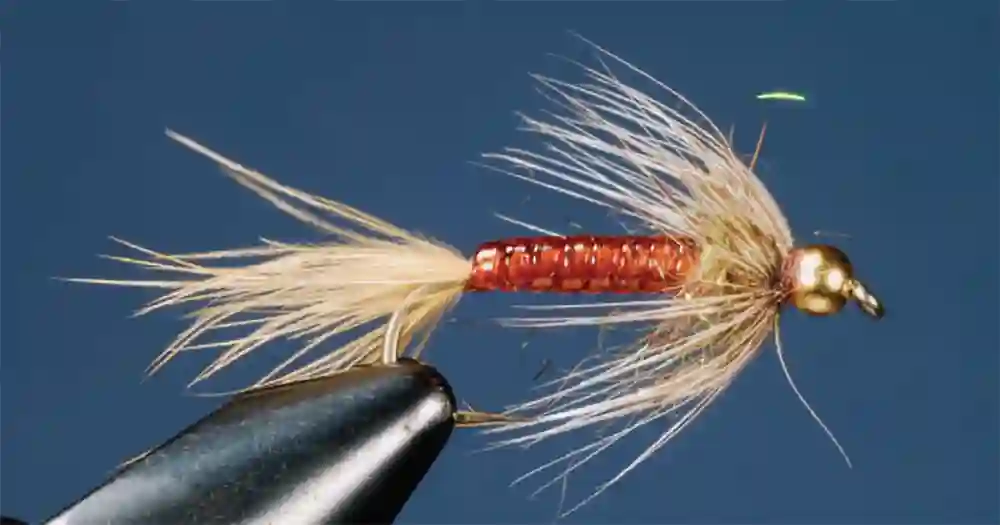
Matching the Hatch: How to Select the Perfect Fly Pattern
Fishing is not just about casting a line into the water; it’s about presenting the fish with a convincing imitation of their natural prey. To achieve success in fly fishing, anglers often employ a technique known as “matching the hatch.” This involves selecting a fly pattern that closely resembles the insects or aquatic life in the water, thereby increasing the likelihood of enticing a bite. This article will delve into the art of matching the hatch and guide you in selecting the perfect fly pattern for your fishing expedition.
Observation is Key
Successful fishing begins with keen observation. To match the hatch, take the following steps:
Inspect the Water: Look closely at the water’s surface and edges. You may notice insects floating, hatching, or struggling to emerge.
Turn Over Rocks: Flip over rocks or submerged debris in the water to uncover nymphs and larvae. These immature insects are a vital food source for fish.
Study the Air: Watch for adult insects flying near the water’s surface. Many insects, like mayflies, caddisflies, and stoneflies, have distinct flight patterns and appearances.
Check Nearby Vegetation: Look at streamside plants and bushes. Insects may be clinging to vegetation as they prepare to hatch.
Categorise the Insects
Once you’ve observed the insects in the area, categorise them into different groups based on their characteristics:
Size: Determine the size of the insects. Are they tiny midges, medium-sized mayflies, or more giant stoneflies?
Colour: Note the colour of the insects. Are they light-coloured or dark? Do they have any distinguishing marks or patterns?
Habitat: Identify where the insects are emerging from. Are they coming from the bottom of the water (nymphs and larvae) or the surface (adults)?
Selecting the Right Fly Pattern
With your observations and categorisation in mind, it’s time to choose the appropriate fly pattern. Fly patterns are designed to mimic specific insects or their life stages. Here are some general guidelines:
Size Matching: Select a fly pattern that closely matches the size of the insects you’ve observed. For more giant insects like stoneflies, use a giant fly; for smaller insects like midges, opt for a smaller pattern.
Colour Matching: Choose a fly pattern replicating the insects’ colour and markings. If you’ve seen light-coloured mayflies, go for a pale-coloured fly; for dark-coloured caddisflies, use a darker fly.
Life Stage Matching: Consider the life stage of the insects. Start with a nymph or larva pattern if you’ve spotted nymphs and larvae in the water. When adult insects are on the move, switch to adult patterns.
Presentation Matters: Pay attention to how you present your fly. Different insects behave differently on the water’s surface. Mayflies, for example, often float with their wings upright, so mimic this behaviour when presenting your fly.
Experiment and Observe
Matching the hatch can be ongoing, as insect activity can change throughout the day. It’s essential to be flexible and willing to experiment with different fly patterns until you find what the fish are responding to. Keep an eye on the water and adapt your approach as needed.
Final Thoughts
Matching the hatch is a fundamental skill in fly fishing that can significantly improve your success on the water. By closely observing the insects in your fishing area, categorising them, and selecting the correct fly pattern based on size, colour, and life stage, you can increase your chances of enticing fish to bite. Remember that fishing is not just about catching fish; it’s also about connecting with nature, honing your observational skills, and appreciating the intricate ecosystems that support aquatic life and angling adventures.